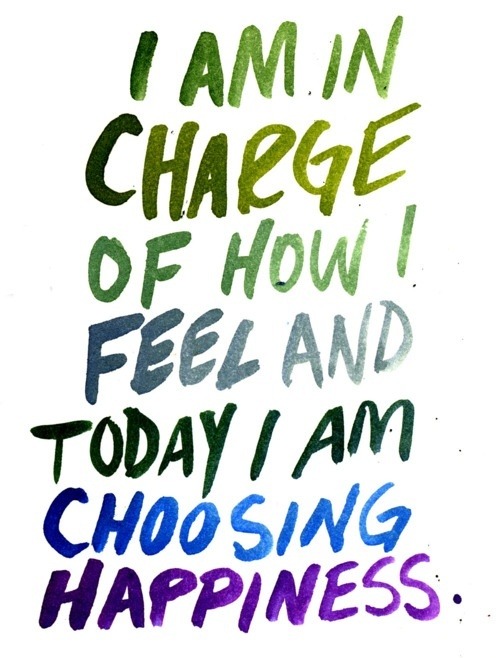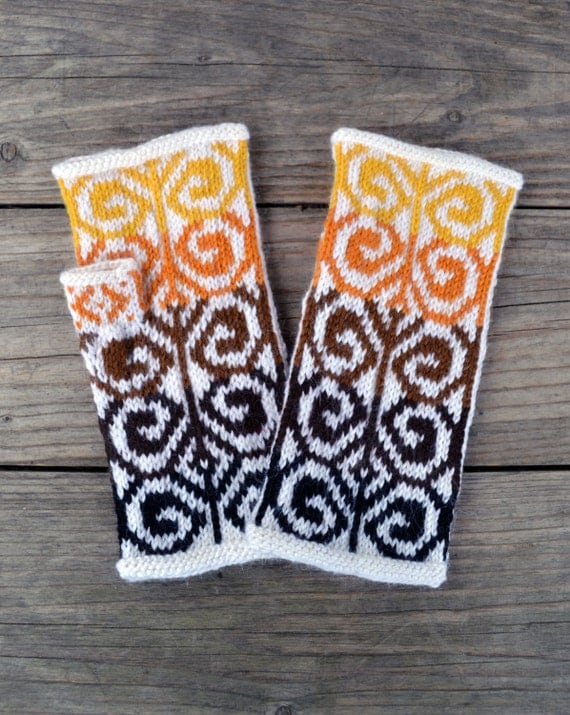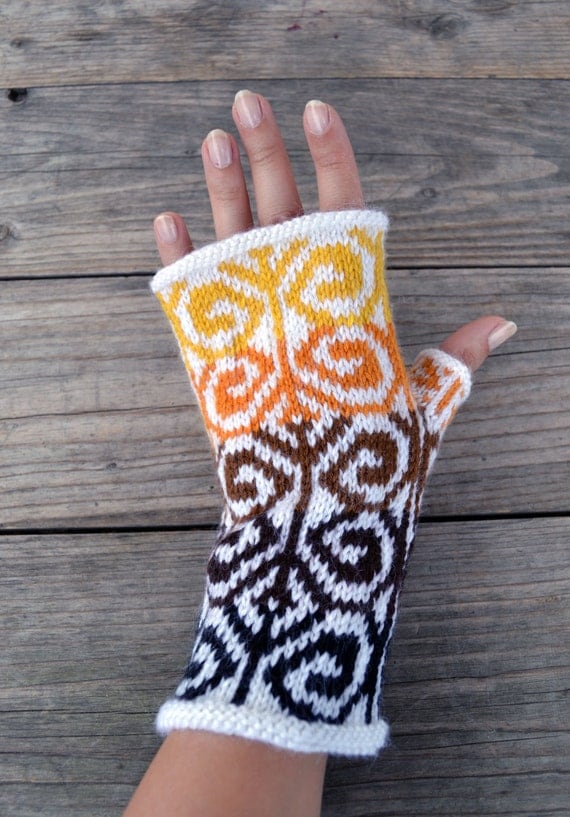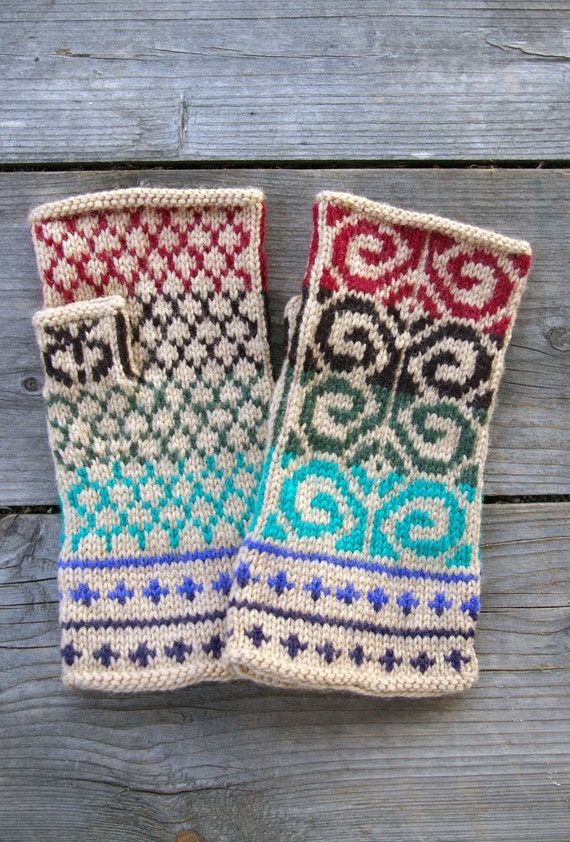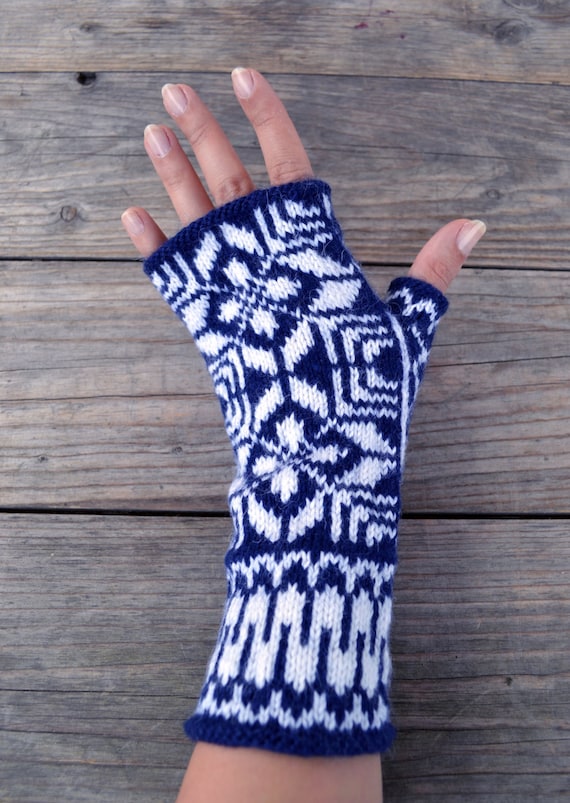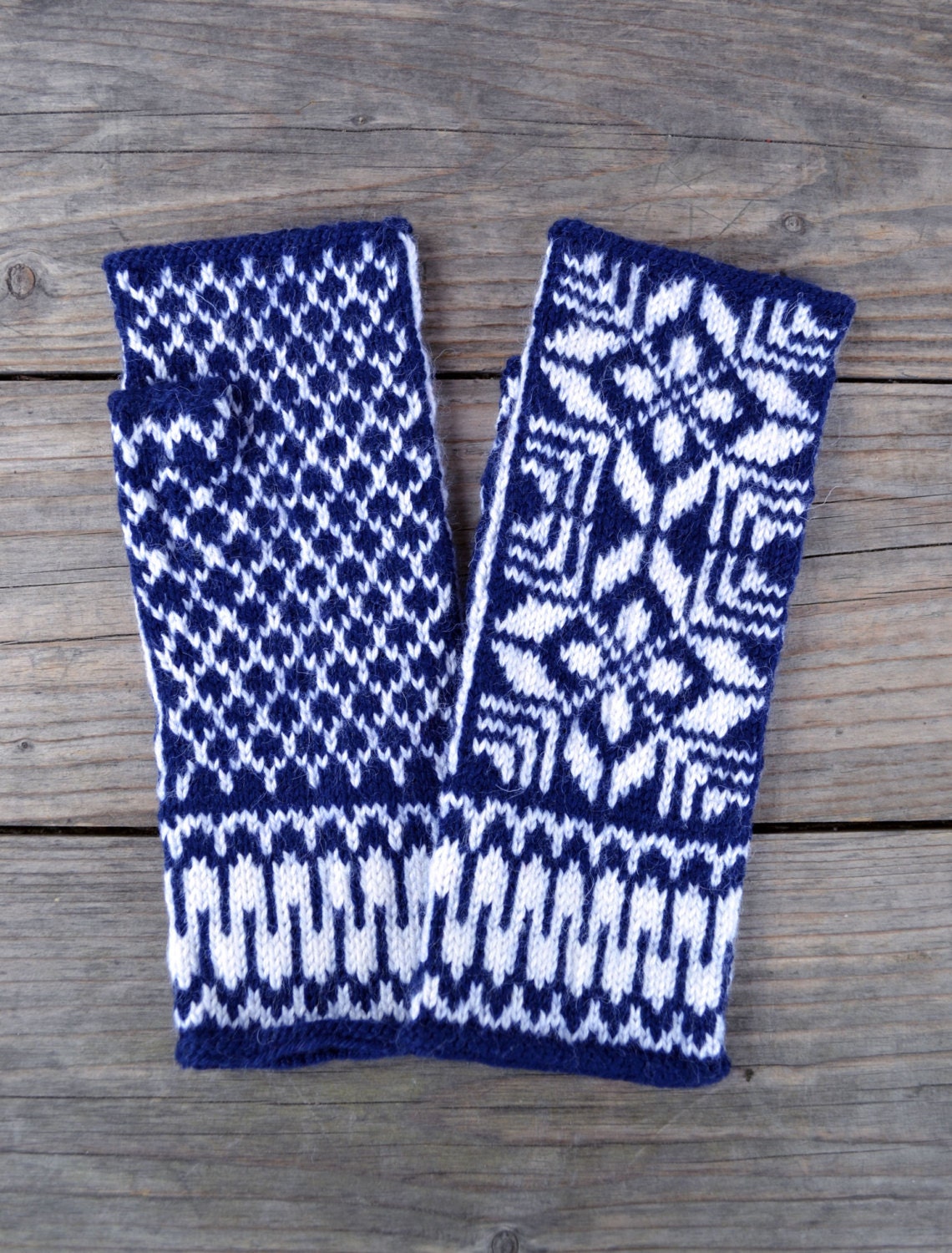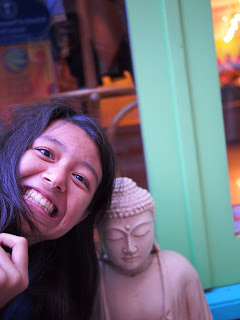This is Alfons Maria Mucha (yes - "Maria"). Born on 24 July 1860, in Ivancice, a little town in South Moravia under Austrian administration. His father, Andreas Mucha, was a court usher; his mother, Amalie, a governess. Alfons Mucha grew up in an era racked with revolution, and was thus infused with the passion for an independent Czech Republic from a very early age.
You'll know him as Alphonse Mucha, the great visionary and founding father of
the Art Nouveau movement. You might also associate with his name, crazy-gorgeous retro images of nymphs and otherworldly beings, with flowers and tendrils in their long flowy hair. (Herebelow we have
Amethyst, Topaz and Emerald, something he did in his hey-day, for you to "ooooh" and "aaahhh" over.)
Alfons Mucha the boy, was no academic. Apparently, the only thing that kept him in school was his choirboy services - the boy could sing! But, as any self-respecting pop star can tell you: "Your voice can only take you so far", and by high school (I suppose when his voice manned up), Mucha was expelled.
So the young Mucha sought solace in his hobby - drawing. His father secured him a clerk job in the courtroom, but Mucha was harbouring ambitions as an artist. He applied to Prague Academy of Art with his drawings, but was rejected. So he stayed on with his day job, and began freelancing for theatre companies, painting decorative sets and backdrops.
In 1879, at the age of 19, he quit as clerk and moved to Vienna, to work as set painter for a major Viennese theatrical design company. With his steady pay, Mucha enrols in evening art classes for a taste of formal art lessons. And while living in Vienna, he soaks in the culture visiting galleries and attending exhibitions of the modern greats of the time.
 |
| The Great Fire of Vienna's Ring Theatre, 1881 |
This happy state of affairs did not last long though. A massive fire broke out at Vienna's grand dame
Ring Theatre, and as a result, the theatrical design company where Mucha worked at had to fold. Mucha was forced to return to his little town in Moravia. But with his formal training, and new-found confidence as an artist, Mucha took on various portraiture jobs, and managed to continue making a living through his art.
Mucha's work now caught the attention of one Count Karl Khuen of Mikulov. The Count loved his work so much that he hired him to paint his house in 1883. Not your usual paint job I must say. These would be Mucha murals in Emmahof Castle. So impressive were these, that the Count's brother, Egon, commissions Mucha for his own Gandegg Castle, and sponsors Mucha's formal studies at Munich Academy of Fine Arts.
"What a story!" you say? I can only tell you: it ain't half of it...
With no worries about tuition fees and living expenses, Mucha graduates from Munich Academy of Fine Arts moves to Paris in 1887 to further his studies. Here, he hangs out at Madame Charlotte's Cremerie, a cafe now known for it's clientele, including Paul Gauguin, Paul Serusier and Edvard Munch. (Only back then, they were natty nobodies camping out in warm comfort over coffee and chit-chat -- as artists do.)
 |
| Paul Gauguin playing the harmonium how he likes it, in Mucha's studio. What a blast! |
So it's the festive season of 1894 in Paris. Mucha by now has notched up work as a regular contributor drawing up costume designs for a theatre magazine. The greatest stage actress of the time and place is
Sarah Bernhardt, known for her beauty, her art on stage, her numerous marriages, her lesbian dalliances, and her rumoured love affair with King Edward VII while he was Prince of Wales. Yes, you can see how she got her nickname "The Divine Sarah". All hail Sarah!
 |
| Sarah Bernhardt, photographed by Paul Nadar, 1878 |
And what happens when The Divine Sarah is not satisfied and wants to re-do a poster of herself? It's gotta be done. But wait. It's Christmas, and all the artists have gone home to celebrate with their families. Except our man, Mucha. Talk about being at the right place at the right time. Mucha's work for Sarah Bernhardt forever changes his fate, as well as art history. The Parisians knew him as Alphonse Mucha, and they couldn't get enough of him and his work.
We could call it the birth of
Art Nouveau. The hyper-romanticism of soft, flowing folds of gown, and tendrils of hair that joins into tendrils of words. So impressed was Sarah Bernhardt by the work of the little back-up artist, Alphonse Mucha, that she contracted him for the next five years, during which he designed her posters, some of her costumes, and even jewelry. From there he went on to advertising, interior design, furniture, and sculpture, influencing many of the greats of the time, including jewelry designer
Georges Fouquet, decorative glass designer
Rene Lalique, and illustrator
Aubrey Beardsley.
Mucha was on a roll! Behold his ads for Job cigarettes, Lance perfume, Nestle baby food, Bagnolet soap, and Moet and Chandon. Gob-smacking stuff, I warn you...
As such, we could also call Alphonse Mucha the Godfather of Art Nouveau. Except he never liked it. Although he enjoyed the success of his art, he never liked the popularism that accompanied it. He saw Art as a visual communication of a spiritual message, and didn't fancy himself as a trendsetter in any way. He regarded his art as an expression of himself and his Czech roots, and never revelled in the Parisian high glamour that his art was known for. He believed in A Greater Good with art, and was always constantly churning out patterns and decorations for printing and publishing firms, so he could share with other aspiring artists. He even compiled a book of motifs for public use and reproduction.




It is 1903. Mucha is 43 years old, successful and established. He meets one Maruska Chytilova, a gamine Czech art student 22 years his junior, and begins to have plans on settling down. He then asks Sarah Bernhardt to help him get to America, where he plans to kickstart his Grand Plan, which was to do portraiture work for the rich and famous, make enough money to retire and return to Prague. And there, he would indulge in artistic projects on subjects closest to his heart - his Czech roots and his people.
 |
| Marushka by Alphonse Mucha, 1905 |
The American stint didn't go quite as planned. The portraiture work did not quite flourish. But Mucha did get connected with millionaire
Charles R. Crane, whose hobby was supporting noble causes and revolutions. After meeting
Thomas Masaryk, a Czech socialist and philosopher, the three men honed in on Slavic nationalism.
Muchas returned to Czech lands in 1910 with his wife Maruska, and daughter Jaroslava, who was born in New York City, and settled in Prague. Here he poured himself into public service, decorating the Theater of Fine Arts, and creating the murals in the Mayor's Office at the Municipal House, and a host of other landmarks around the city.
Thomas Masaryk went on to become the founder and first president of Czechoslovakia. So when Czechoslovakia won independence after World War I, he roped in his old friend Alphonse Mucha to design new postage stamps, bank notes, and a whole load of other government stuff for the brand new state. How cool is that? To have Mucha money!
 |
| Incidentally, that captivating young woman on the 100-koruna note is Crane's granddaughter, Josephine. |
The greatest contribution of Alphonse Mucha to the art world is arguable. Not that he wasn't a superb artist, one of a kind of his time, a prolific visionary, and undeniable milestone maker in art history. But other than being the Grand-Daddy of
Art Nouveau, he also created a sombre series of 20 massive (by "massive" I mean 405 X 480 cm) paintings depicting the trials and tribulations of the Slavic people, entitled
The Slav Epic.
 |
| Slavs in their Original Homeland |
 |
| The Abolition of Serfdom in Russia |
 |
| The Printing of the Bible in Kralice in Ivancice |
 |
| Mucha working on The Slav Epic in 1920 |
It took Mucha 18 years to finish the 20 giant canvases. During these years, Mucha researched extensively into history and traditional costumes, visiting many of the places and talking to many of the locals. He even had them pose for some of the paintings.
In 1928, Mucha and Crane officially bequest the entire Slav Epic to the City of Prague in celebration of the 10th anniversary of the creation of Czechoslovakia.
Alphonse Mucha died in 1939, shortly after he was interrogated by the Gestapo during World War II. During this time, the Slav Epic was rolled up and hidden away by patriots who protected them fiercely from the Nazis. So well did they hide it, that they were only found in the 1950s.
Today,
The Slav Epic is proudly displayed in
Moravsky Krumlov, a small town near where Mucha was born. Thousands of tourists make their way 216 km from Prague by train, to witness its magnificence. Prague has been trying to convince the locals that it would be good for business if The Slav Epic moved to the City, but they'll hear none of it. So
the tussle continues... and it's proving
epic (pun not intended).
 |
| for Champagne printing publisher, 1897 |
What I find so awe-inspiring is how the King of Parisian Glamour went on to become the Slavs' National Hero. It's like Chanel becoming Mother Teresa, or Valentino becoming Gandhi. I mean, seriously, who woulda thunk!? And as much as Mucha wanted to steer clear of the whole glamour thing, all he did was prove that Art, be it for flights of fashion or a fight for freedom, is the perfect medium to move a people.
 |
| from a poster for The Slav Epic exhibition, 1928 |
(all images of Mucha's work via wikipaintings.org)





































